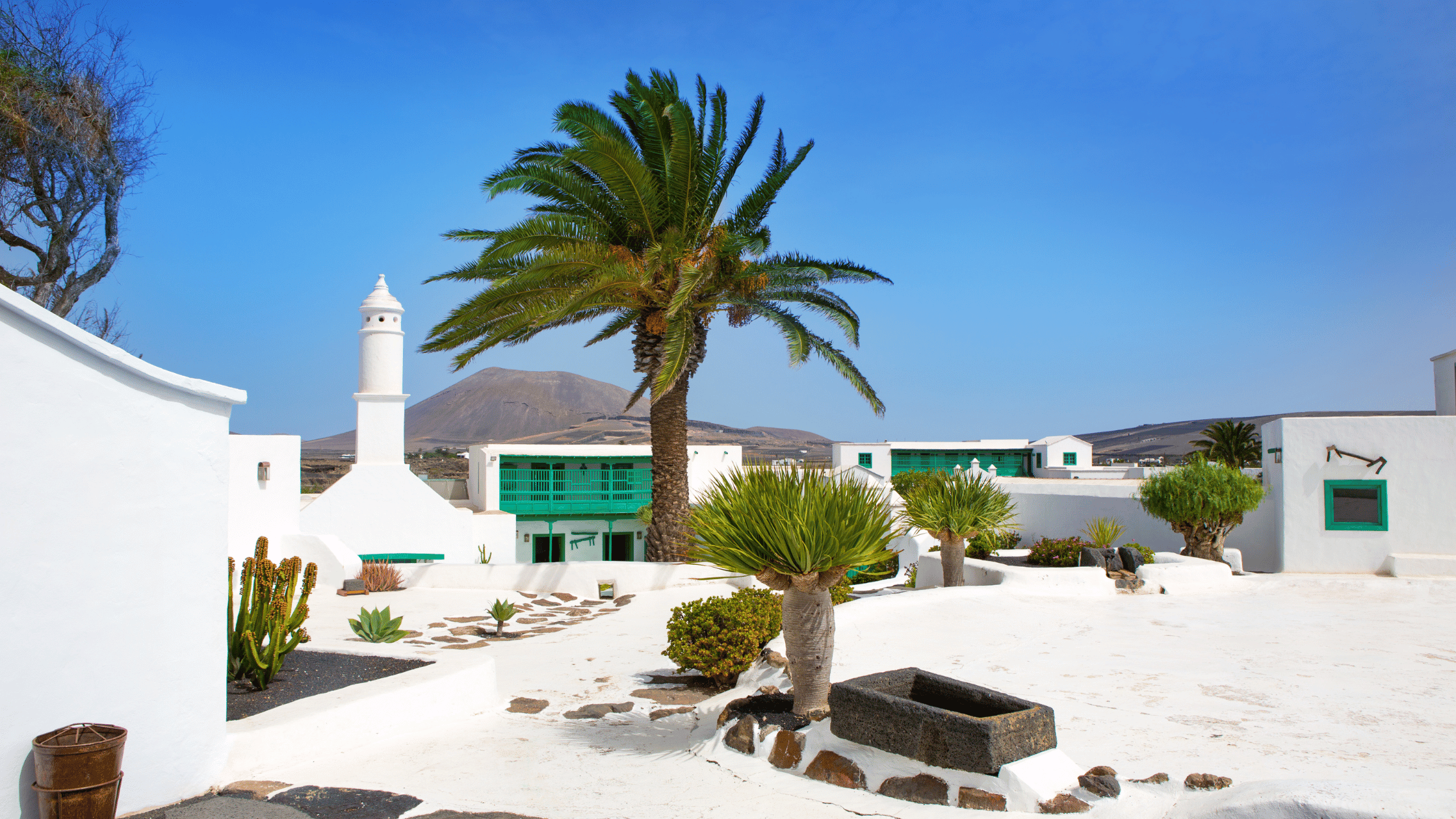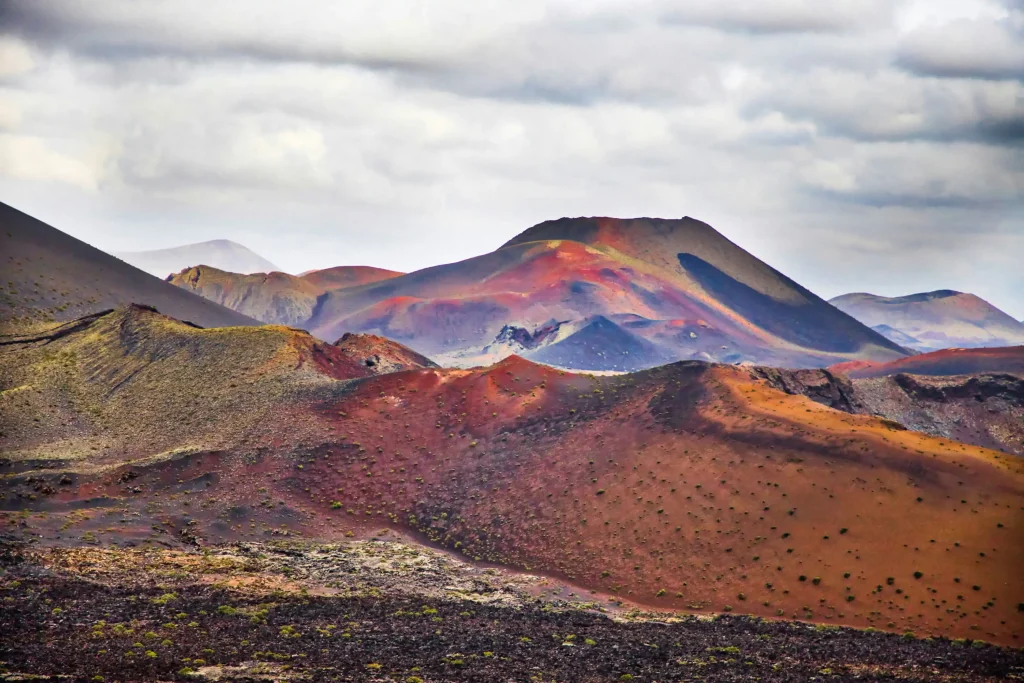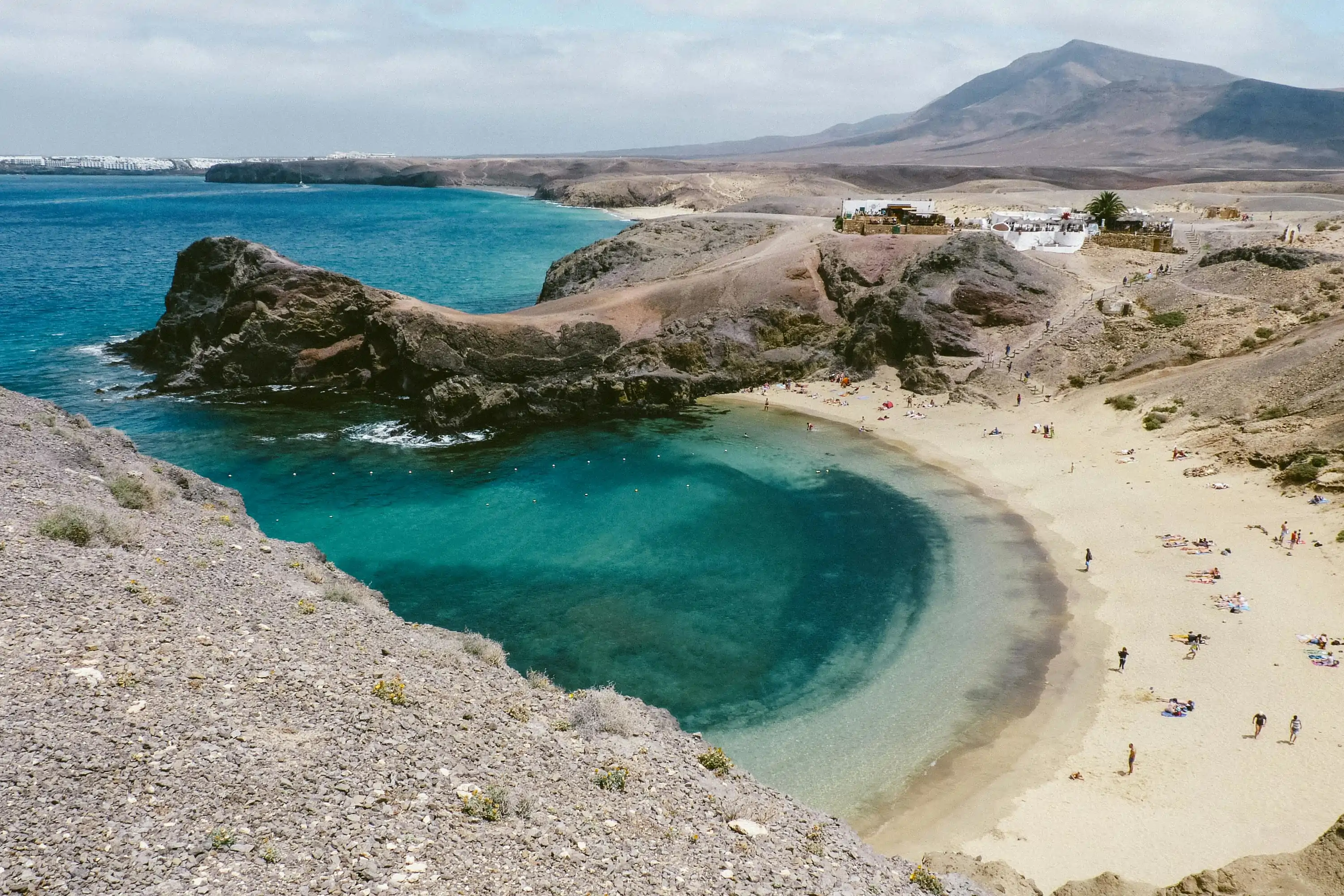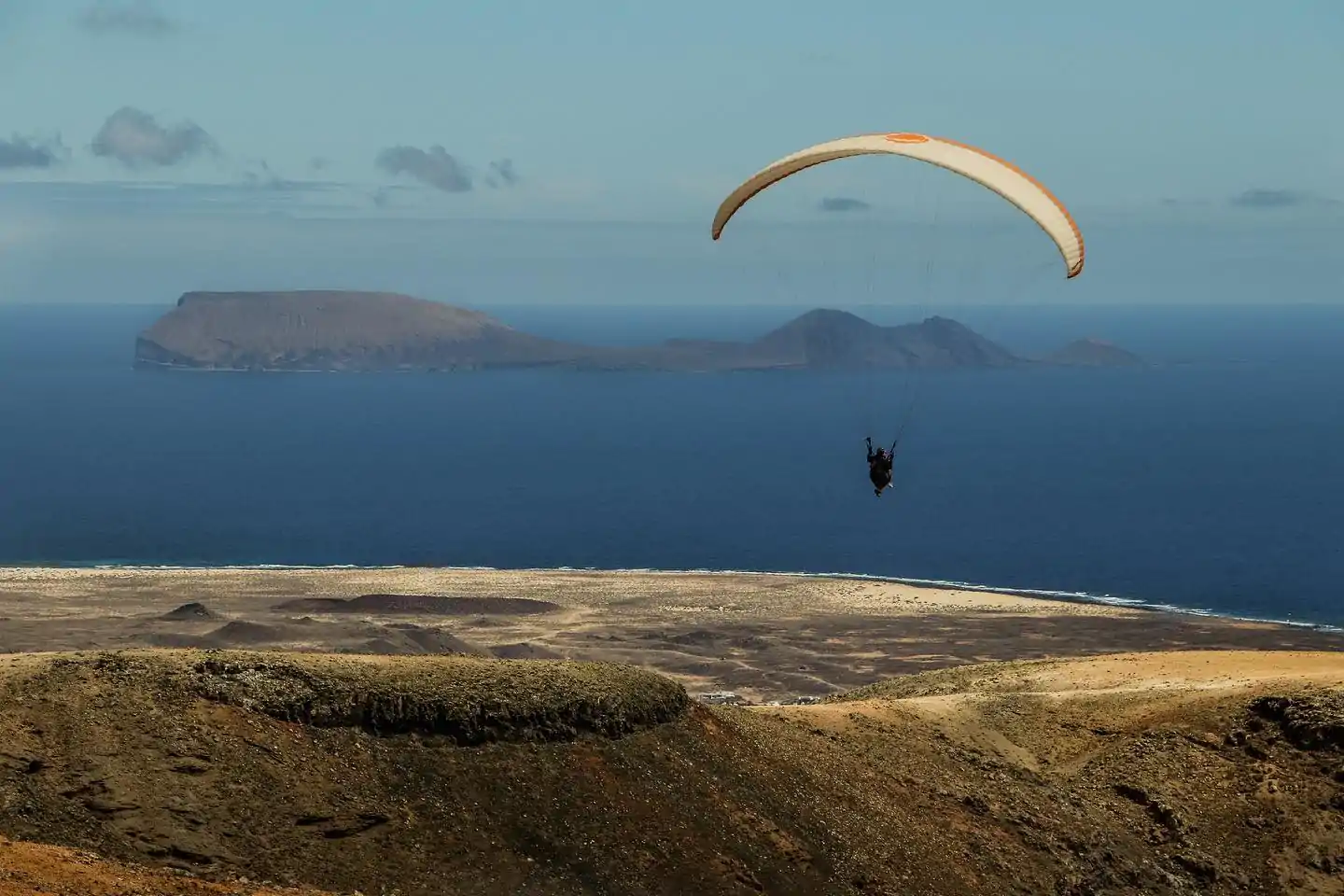San Bartolomé, nestled in the heart of the enchanting island of Lanzarote, carries an essence of rich historical heritage and unique cultural identity. As one of the seven municipalities of the island, San Bartolomé is characterized by its captivating landscape, traditional architecture, and the prominent role it plays in the island’s agriculture.
Situated centrally on Lanzarote, one of the illustrious Canary Islands of Spain, San Bartolomé’s history dates back to the 16th century. Originally named for the patron saint Bartholomew, the region evolved over centuries from a rural agricultural community into a municipality that perfectly blends tradition and modernity.
San Bartolomé’s historical timeline reflects the resilience and adaptability of its inhabitants. The volcanic eruptions that rocked Lanzarote in the 18th century, transforming much of the island’s fertile terrain into vast expanses of lava fields, had a significant impact on San Bartolomé. However, the locals, demonstrating remarkable ingenuity, began using the volcanic ash (known as “picón”) for moisture retention, creating the unique vineyards and crop fields seen today, marking the start of the region’s distinctive agriculture.
The 19th and 20th centuries were periods of steady development for San Bartolomé, characterized by the growth of urban centers and the establishment of local industries, predominantly in agriculture. The “Monumento al Campesino” or “Monument to the Peasant”, created by the renowned local artist César Manrique, stands as a testimony to the municipality’s strong agricultural roots and the hard work of its farming community.
San Bartolomé’s architecture is another fascinating aspect of its history. The town is sprinkled with well-preserved, traditional Canary Island homes and historic buildings, like the Casa Ajei and the Casa Mayor Guerra, that narrate the tales of its past. Today, these structures serve as cultural centers and museums, allowing visitors to explore the region’s historical journey.
As we move into the 21st century, San Bartolomé continues to evolve, keeping pace with modern advancements while cherishing its historic legacy. The region’s prosperity is evident in its well-maintained infrastructure, bustling local markets, and thriving tourism sector. The annual local fiestas, traditional music performances, and gastronomic events ensure that the rich culture and traditions of San Bartolomé remain vibrant and alive.
Today, San Bartolomé is not just a flourishing municipality; it’s a testament to Lanzarote’s resilience and spirit. From its verdant vineyards and unique agriculture to its historical architecture and cultural events, San Bartolomé offers visitors a genuine and enriching experience of Lanzarote’s heritage. It serves as a living museum that mirrors the island’s historical journey and evolution over the centuries.
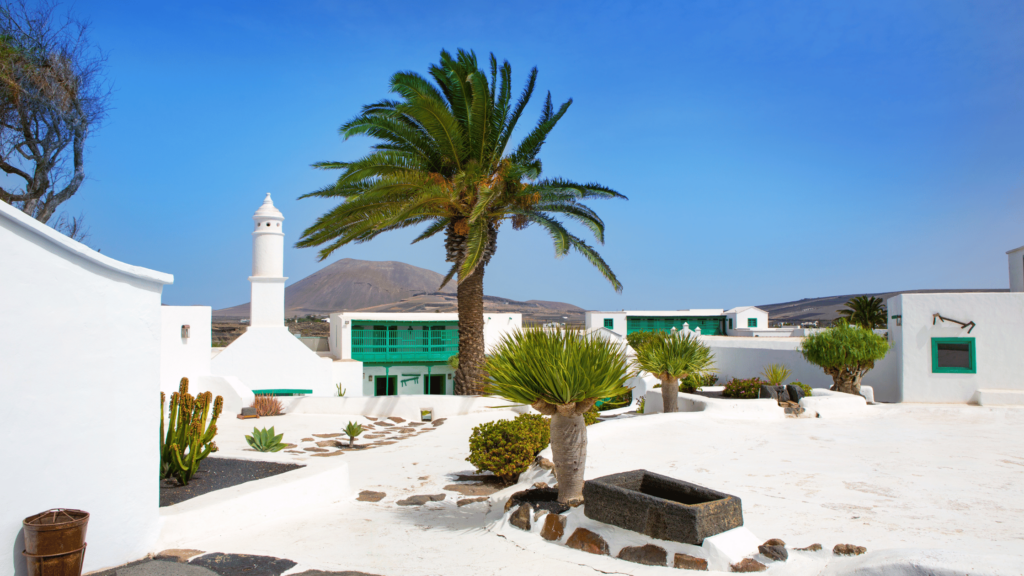
The municipality of San Bartolomé, with its compelling history, cultural richness, and picturesque landscapes, is a key destination for any traveller seeking an authentic experience of Lanzarote. Its unique past and progressive present provide a captivating backdrop for exploring the many facets of island life, making San Bartolomé an unmissable stop on any Lanzarote itinerary.
Playa Honda
Playa Honda, a thriving coastal town nestled within the municipality of San Bartolomé, is an unspoiled gem on the enchanting island of Lanzarote. Located in the eastern part of the island, it is the largest town of San Bartolomé and is famed for its expansive golden beach and tranquil ambiance. Perfectly bridging the gap between tradition and modernity, Playa Honda offers visitors an authentic taste of Lanzarote’s unique charm.
Being in close proximity to Lanzarote’s airport, Playa Honda is often the first taste of the island for many visitors. However, it’s not just the convenience that makes Playa Honda special. Its stunning coastline, which stretches several kilometers, is home to one of the largest and most beautiful beaches on the island. The beach, also named Playa Honda, is a serene spot known for its clean, calm waters and golden sands – a perfect retreat for beach lovers.
Despite its appeal, Playa Honda has managed to avoid excessive tourism and retains a relaxed, local feel. The seafront promenade, Avenida de Playa Honda, is lined with a variety of restaurants and shops offering local cuisines and products, thereby giving a glimpse into the vibrant local life.
Playa Honda’s history, although not as ancient as some other parts of Lanzarote, is linked to the gradual development of San Bartolomé in the 19th and 20th centuries. Once a quiet fishing hamlet, Playa Honda began to grow in the latter part of the 20th century as a residential area, mostly due to its strategic location between the island’s capital, Arrecife, and the airport.
Playa Honda is also close to several notable attractions on Lanzarote. The town is just a short drive away from the island’s vibrant capital, Arrecife, and the popular resort of Puerto del Carmen. Its central location makes it an ideal base for exploring the island’s many points of interest.
Today, Playa Honda continues to thrive, balancing urban development with a commitment to maintain its unique character. The town’s growth is guided by a dedication to sustainable development and respect for the natural environment, aligning with the philosophy advocated by César Manrique, Lanzarote’s famous artist and architect, whose influence is evident across the island.
Whether you’re relaxing on the sun-soaked beach, strolling along the bustling promenade, or savoring delicious Canarian cuisine in a local restaurant, Playa Honda offers a genuinely Canarian experience. This coastal town, with its rich blend of local culture and natural beauty, stands as a testament to the relaxed and welcoming spirit of Lanzarote.
In summary, Playa Honda, with its strategic location, beautiful beach, and local ambiance, is a must-visit destination on any Lanzarote itinerary. Its mix of tranquillity and vibrancy, tradition and modernity, makes it an ideal spot for travelers seeking to explore the authentic Lanzarote.




